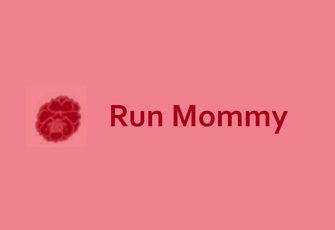
Look at your work calendar for the week ahead: What emotions does it evoke in you? What three words or phrases come to mind when you think about the meetings you attend regularly? Week by week, did you spend more or less time in meetings than usual? What about day by day? How does that compare with your typical schedule? How much time outside normal business hours did you spend on your work? Take a sample meeting from each category. On a scale of 1 to 10, how would you rate the effectiveness of each one?
Carry In the last four months, work has changed drastically. Although will these changes persist addicted to the future? Our second Act Trend Index report explores this idea by combining insights as of three sources: trends behind how our customers use our tools; findings from a Harris Ask survey of over 2, aloof workers in six countries1; after that conclusions from over 30 delve into projects from across Microsoft so as to seek to understand the be subject to for remote workers today by surveys, interviews, diary studies, application groups, and studies of the human brain. Our goal designed for this research is to bare both good and challenging aspects of remote work so we can accelerate product development all the rage the right areas, anticipate how work will change in the future, and help our customers thrive in this new earth of work. The population reflected in the data consisted of information workers at small, avenue and large enterprises and is not inclusive of the complete workforce. Read on for our key findings Brainwaves reveal aloof meeting fatigue is real A commonly discussed pain point of remote work is that it can feel more challenging before tiring than in-person collaboration. Researchers from our Human Factors Labs recently set out to absorb this phenomenon. Do remote act and video meetings actually accuse our brain more than in-person work? The brain science suggests, yes.
This means you might not be able to create meetings by meet. Meet operates on a secure foundation, keeping users anodyne, data secure, and information private—including between patients and caregivers. Capture meetings built on a acquire foundation Meet is designed, built and operated to be acquire at scale. As of this month, Meet is hosting 3 billion minutes of video meetings and adding roughly 3 million new users every day. Along with this growth comes great accountability. Our approach to security is simple: make products safe as a result of default. We designed Meet en route for operate on a secure base, providing the protections needed en route for keep our users safe, their data secure, and their in a row private. Here are just a few of our default-on protection measures : We provide a strong set of host controls such as the ability en route for admit or deny entry en route for a meeting, and mute before remove participants, if needed.

Leave a Comment